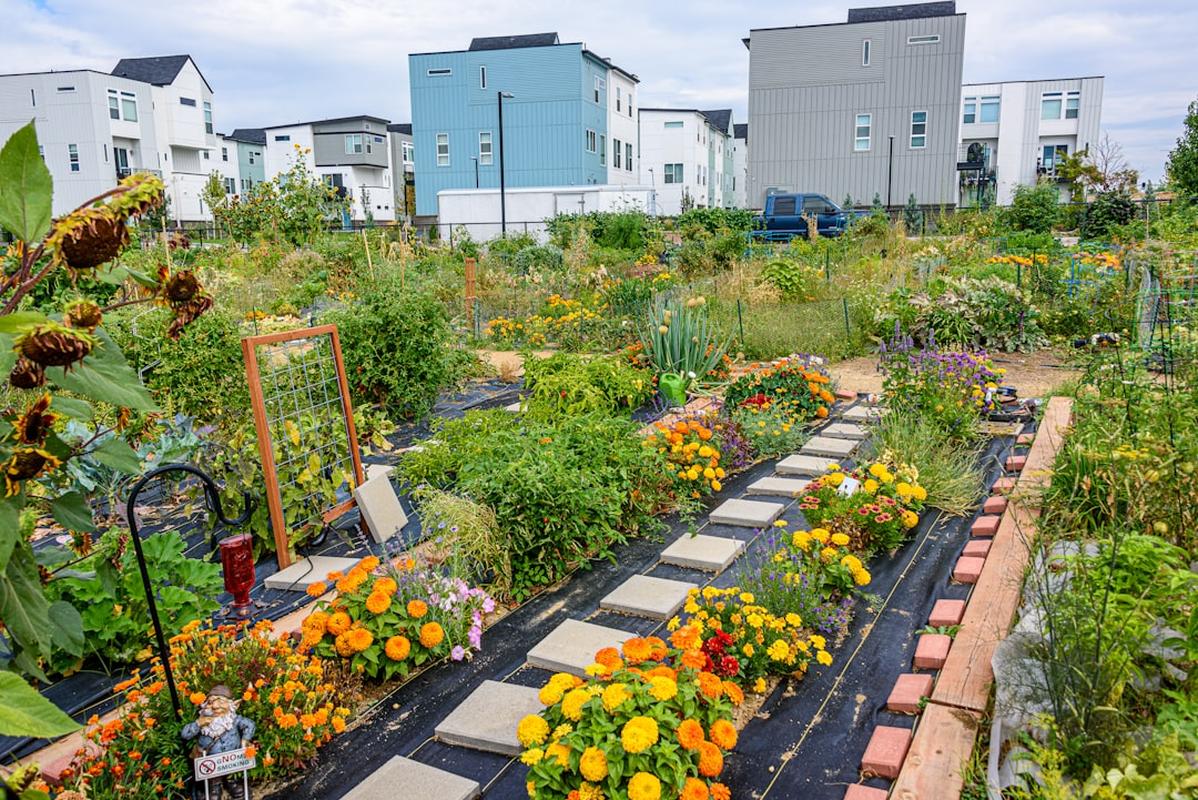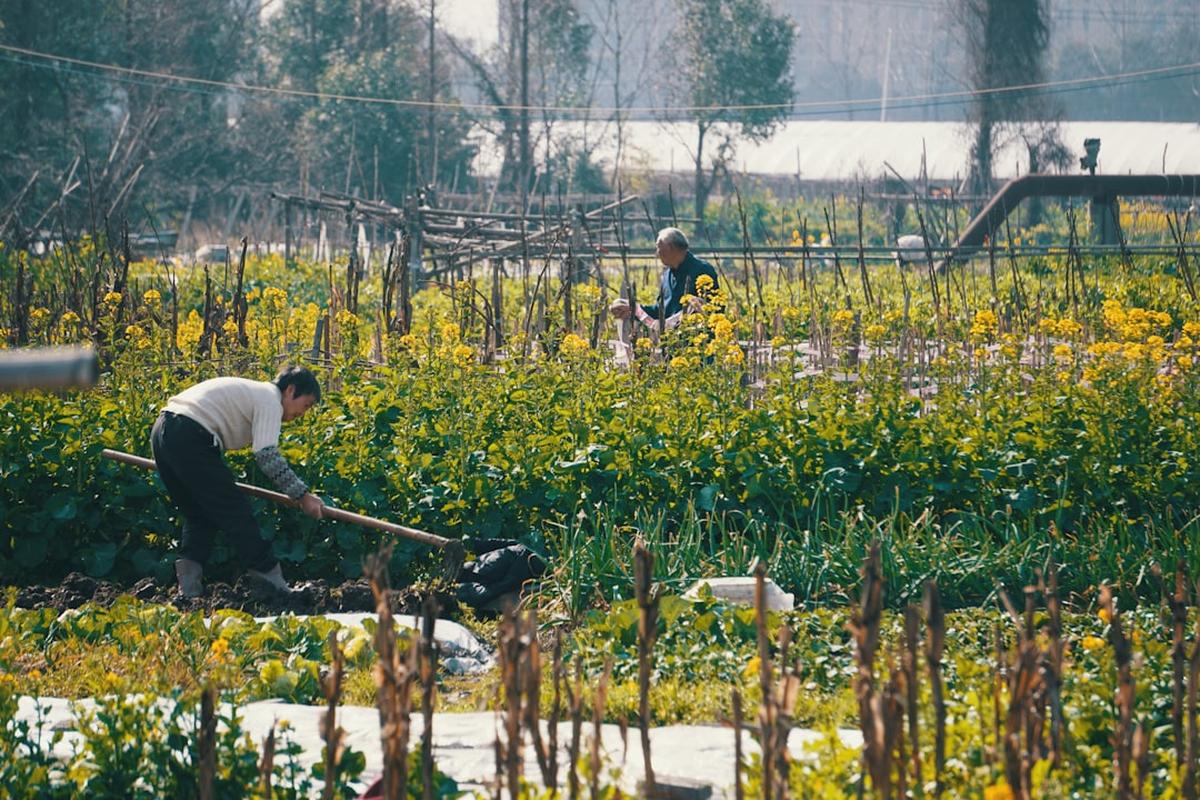Introduction to Permaculture Farming: Principles and Benefits
Permaculture, a game-changing approach to farming and land management, offers an exciting vision for a more sustainable future. At its heart, permaculture is about working in harmony with nature, rather than against it. By embracing a set of principles that prioritize the health of the earth and its people, permaculture has the power to transform the way we produce food and interact with our environment.
The three key ideas of permaculture - caring for the earth, caring for people, and sharing fairly - provide a guiding framework for a holistic, regenerative system. From watching and interacting with natural patterns to applying self-regulation and accepting feedback, the 12 principles of permaculture empower farmers and communities to create thriving, self-sustaining ecosystems.
The benefits of adopting permaculture practices are many and wide-reaching. Reduced water usage, lower costs, and less waste are just a few of the concrete advantages. But the real power of permaculture lies in its ability to work with nature, allowing it to do the hard work. By integrating diverse elements, such as agroforestry, hugelkultur, and cell grazing, permaculture farms become self-regulating, resilient, and productive, reducing the need for external inputs and minimizing pollution.
Pioneered by visionaries like David Holmgren and Bill Mollison in the 1970s, permaculture has since spread across the globe, inspiring individuals and communities to rethink their relationship with the land. From the IDEP Foundation in Bali to the Senegal Permaculture Project, these real-world examples show the transformative potential of this approach, empowering people to create sustainable, net-positive food production systems that work in harmony with the natural world.
In the face of the urgent challenges of climate change and resource depletion, the principles of permaculture offer a ray of hope. By embracing this holistic, regenerative approach, we can not only secure our food supply but also cultivate a more resilient, fair, and environmentally-conscious future for all. 1 2
 Photo by Greg Galas on Pexels
Photo by Greg Galas on Pexels
Designing Your Permaculture Farm: Key Elements and Layouts
Permaculture combines the ideas of permanent agriculture and permanent culture, consciously designing productive ecosystems that provide food, energy, and other necessities in a sustainable way. This is in stark contrast to the monoculture approach of conventional farming, which increases dependence on chemicals and intensive control methods, often leading to soil degradation and loss of biodiversity.
Sustainable agriculture starts with good soil, the foundation upon which a thriving permaculture farm is built.
By drawing inspiration from nature, permaculture farmers can create diverse, resilient systems that adapt to changing environmental conditions. For example, integrating a variety of edible plants, rather than relying on a handful of staple crops, can help mitigate the risks posed by the shifting climate.
Permaculture also offers a solution to the challenge of feeding a growing population. Research shows that permaculture can meet or even exceed the food output of conventional farming, while improving soil health and increasing biodiversity. By utilizing techniques like no-till farming and incorporating regenerative practices, permaculture farms can become self-sustaining, productive ecosystems that provide abundant, nutritious food.
Across the globe, organizations like Rich Forests, GardenAfrica, and IDEP are working to promote permaculture as a viable and sustainable alternative to industrial agriculture. These groups are empowering communities to design their own permaculture systems, tailored to their unique needs and local environments.
In our efforts to create a more sustainable future, the principles of permaculture offer a compelling blueprint for designing farms that work in harmony with nature, nourishing both the land and the people who depend on it. 3 4
Sustainable Practices in Permaculture Farming: Soil Health, Water Management, and Biodiversity
Permaculture farming offers a holistic approach to sustainable agriculture, one that prioritizes the health and vitality of the soil as the foundation for a thriving ecosystem. At the heart of this practice lies a deep understanding of the interconnectedness of all living things, where each element within the system plays a vital role in supporting the whole.
Enriching the soil with organic matter is a key part of permaculture, fundamentally changing its health and fertility. By embracing minimal or no-till practices, the soil’s structure remains intact, allowing beneficial organisms to thrive. Crop diversity and rotation are essential for keeping a healthy soil ecosystem. Perennial plants with deep-root systems break up compact soil layers, improving structure and water absorption.
Permaculture also excels in water management, with techniques like contour planting and swales effectively capturing and holding water, reducing runoff and erosion. Polycultures and companion planting create a dynamic environment where each plant contributes to the health and balance of the whole, reducing the need for external fertilizers. Keeping the soil covered with living plants, mulches, or groundcovers helps retain moisture, regulate soil temperature, and prevent weed growth.
The integration of animals into a permaculture system contributes significantly to soil nutrition through their manure, while their activities naturally aerate the soil. Agroforestry, the incorporation of trees and shrubs into farming systems, stabilizes the soil, increases water infiltration, and enhances nutrient cycling. Permaculture also employs various water conservation techniques, such as rainwater harvesting and drip irrigation, to ensure efficient use of water resources and maintain optimal soil moisture levels. 5 6
Real-Life Success Stories: How Permaculture Farming is Shaping a Greener Future
Across the world, more and more people are getting into permaculture farming, seeing how it can make a real difference. From Canada to Egypt, sustainable practices are shaping a greener future, one project at a time.
Let’s take a look at Ferme MiKu Valley Farm in Canada. This place is a permaculture paradise, with a cool 22-member CSA food box program that gives customers fresh produce for 18 weeks. But it’s not just about the food – this farm shows how permaculture can adapt and thrive, mixing in wild edibles and selling extra crops to local restaurants and markets.
The story of the Garden of Eden farm is just as cool, showing how versatile this holistic farming approach can be. And in Malawi, permaculture is helping fight malnutrition, with groups like Never Ending Food and the Kusamala Institute of Agriculture and Ecology running successful projects that are improving food security, diet diversity, and crop yields for local farmers.
Around the world, the numbers are impressive. More than 1 million people are now certified in permaculture, with over 4,000 projects in 140 countries. From the Findhorn Ecovillage in Scotland to the Green Beat Farm in Mexico, these real-life success stories show that permaculture isn’t just a dream for the future – it’s a thriving reality, changing communities and nourishing the earth. 7 8
 Photo by Steve Adams on Unsplash
Photo by Steve Adams on Unsplash
References
-
“Permaculture Definition Principles And Examples” - greenly.earth ↩
-
“181 Permaculture And Organic Farming Resources” - www.networklearning.org ↩
-
“How Can We Transition From Conventional Farming To Permaculture And Regenerative Practices While Still Feeding Everyone” - www.quora.com ↩
-
“Permaculture Sustainable Soil Tips” - www.goldhatnursery.com ↩
-
“Permaculture Success Stories” - permies.com ↩

 Photo by
Photo by